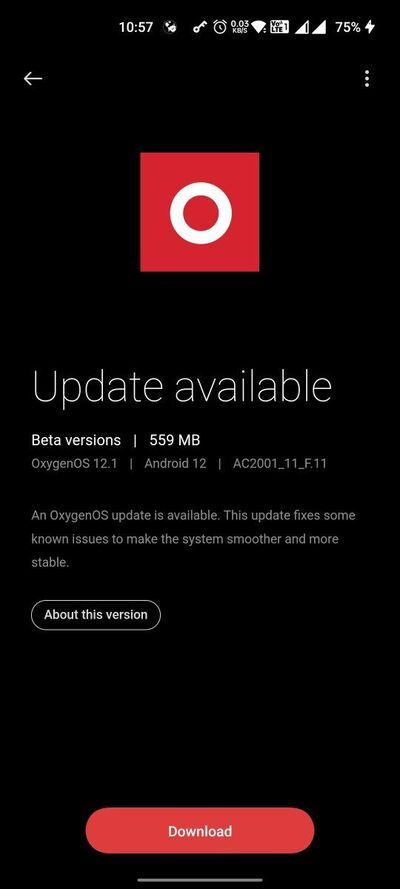Microsoft has begun testing Microsoft Edge’s Secure Network feature – essentially a built-in VPN service – with select Insiders in the Canary channel. Secure Network is powered by Cloudflare, and as the name suggests, it’s meant to add a layer of security and privacy by encrypting your data as you browse the web.
When Microsoft Edge Secure Network is enabled, your data is encrypted and your IP address is masked, so no one can identify you or your exact location. Traffic is routed through one of Cloudflare’s servers in order to protect your identity. However, unlike a dedicated VPN, you can’t change your location to somewhere completely different. Microsoft says that you’ll be connected to a Cloudflare data center, so when you browse the web, you still see the websites and experiences you’d expect for your region. Your precise location is masked, but you probably won’t be able to use this to bypass geo-restrictions.
In this initial testing phase, Microsoft is giving users 1GB of free bandwidth in Secure Network mode, which is pretty typical for free VPN services. You should get 1GB per month, and it renews automatically. Microsoft’s wording seems to suggest that this free bandwidth may change as the feature expands, but there’s no indication that you’ll get more or less data once the feature is actually available.
In order to keep track of how much data you’ve used, you’ll need to be signed into Edge with your Microsoft account in order to use Edge’s VPN service. Again, the wording used by Microsoft seems to suggest this is only the case during the preview stage, but it seems likely this will be how it works in the future, too. Microsoft assures users that no personally identifiable information is sent over the network, and even diagnostic data related to the service is only kept for 25 hours, at the most.
if you want to test this right now, you’ll need to install the Canary channel of Microsoft Edge and hope that you’ve been selected to be part of the test. It’s only available to a handful of people, so not everyone is going to be able to try it yet. If you’re one of the lucky few, you can find the Secure Network feature in the three-dot menu in the top-right corner.
Souce: Microsoft
The post Microsoft Edge’s built-in VPN is now available in the Canary channel appeared first on XDA.
from XDA https://ift.tt/ci2fOqQ
via IFTTT





